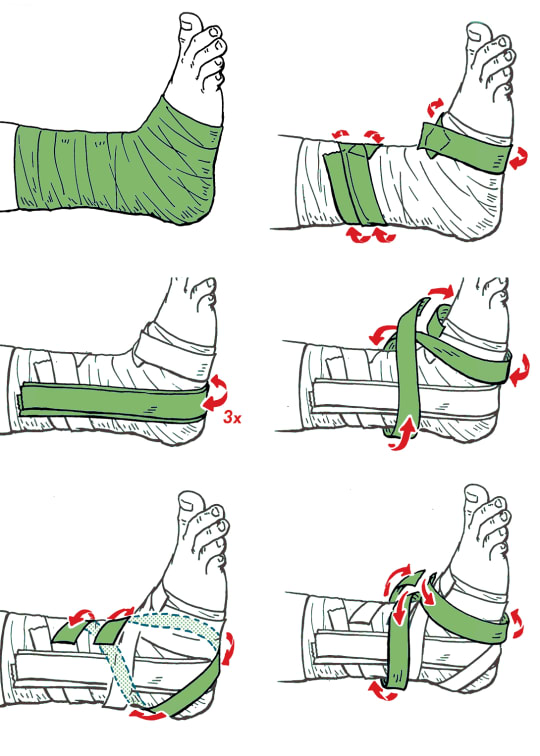The Correct Method of Cleaning a Wound - Wilderness Technique
At a glance..
This guide teaches the reader the correct procedure of cleaning a wound when in the wilderness. Topics include; irrigating the wound, field made saline solution, abrasions, animal or human bites, deep puncture wounds, high pressure irrigation and much more essential information.
The details..
Cleaning the Wound by McGyver is an essential read for anyone interested in survival, preparedness or defense-related topics. In this book, readers will learn about different techniques for cleaning wounds effectively while preventing infections from developing. The author emphasizes using high-pressure streams of disinfected water as the best method for removing bacteria and debris from open wounds.
The second section of Cleaning the Wound explains how to properly irrigate a wound using saline solutions made with either sterile water or wild water that has been sterilized through boiling or chemical treatment. Readers are also provided with instructions on making improvised saline solutions when medical supplies are not available.
The third part of this book focuses on treating specific types of injuries such as abrasions that have embedded gravel or dirt particles, animal bites which pose a high risk of infection due to their deep puncture nature, among others. For each type of injury discussed here, detailed instructions are given regarding appropriate treatments including mechanical flushing out if possible along with antiseptic use where necessary.
Finally, readers will find useful information about tetanus boosters which should be administered within 48 hours after sustaining any kind of wound especially those contaminated by soil since they increase one's chances significantly against contracting tetanus disease.
